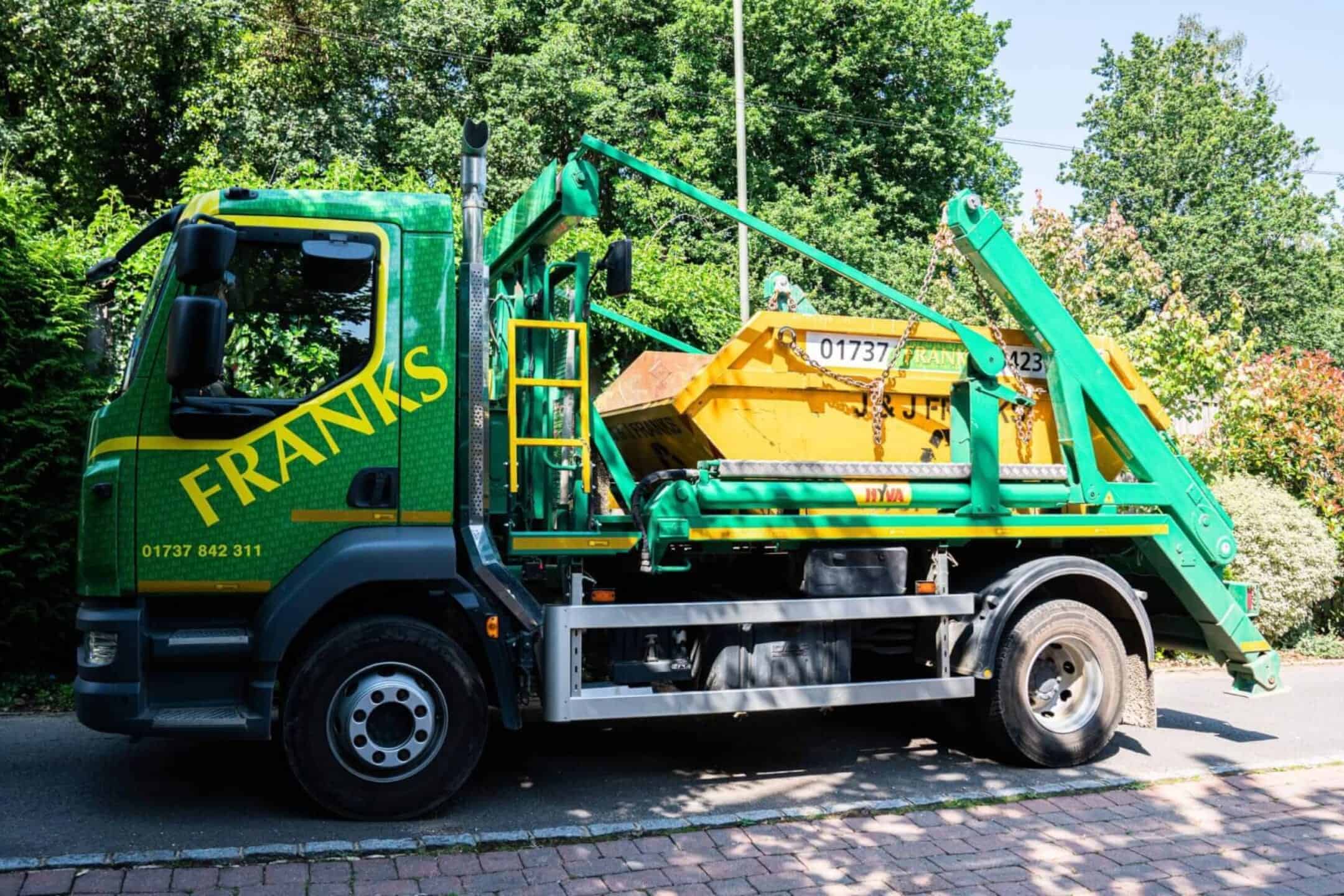Welcome to J&J Franks‘ comprehensive guide on selecting the ideal skip size for your home renovation project. Whether you’re embarking on a small-scale refurbishment or a large remodelling project, getting the skip size right is crucial for efficient waste management. In this article, we’ll provide you with expert advice and practical tips to help you navigate the process of choosing the perfect skip size tailored to your specific needs.
1. Understanding Your Project Needs
Assessing Your Renovation Project
Before diving into skip hire options, take the time to thoroughly assess the scale and scope of your renovation project. Consider factors such as the type of work being done, the number of rooms involved, and the duration of the project. This initial evaluation will provide valuable insight into the amount and type of waste you can expect to generate.
Factors to Consider
Once you have a clear understanding of your project’s requirements, it’s time to delve deeper into the factors that will influence your skip size decision. Consider the nature of the work being carried out – demolition, construction, or simply cosmetic upgrades – as each will result in different types and volumes of waste. Additionally, think about the accessibility of your property and any potential obstacles that may impact skip placement.
2. Determining the Appropriate Skip Size
Choosing the Right Skip Size
Armed with insights from your project assessment, it’s now time to select the skip size that best aligns with your waste disposal needs. Keep in mind that larger projects, such as full house renovations or landscaping, will likely require larger skips to accommodate the increased volume of waste. Conversely, smaller projects may suffice with a smaller skip.
Considerations for Skip Size
When determining the appropriate skip size, it’s essential to consider not only the volume of waste but also the dimensions of the skip itself. Ensure that the chosen skip can comfortably accommodate the waste from your project without overflowing or presenting safety hazards. Opting for a slightly larger skip than initially anticipated can provide added peace of mind and prevent potential issues down the line.

3. Identifying Waste-Heavy Areas
Waste-Heavy Areas in Home Renovations
Certain areas of your home renovation project are likely to generate more waste than others. Kitchens, bathrooms, and garden renovations, for example, often produce significant amounts of waste due to the removal of fixtures, fittings, and landscaping debris. Identifying these waste-heavy areas early on will help you tailor your skip size selection accordingly.
Tailoring Skip Size to Project Areas
Once you’ve identified the waste-heavy areas of your renovation project, consider adjusting your skip size to accommodate the specific needs of each area. For instance, if you’re renovating multiple rooms simultaneously, you may need a larger skip to handle the combined waste. Conversely, if only a single area of your home is undergoing renovation, a smaller skip may suffice.
4. Understanding Skip Size Options
Skip Size Options
Familiarise yourself with the various skip size options available to ensure you make an informed decision. Our skip sizes include sizes from 2-35 yards, each size is suited to different types and scales of projects, so take the time to explore your options before making a selection.
5. Maximising the Capacity of Your Skip
Making the Most of Your Skip
Once you’ve selected the appropriate skip size for your renovation project, maximise its capacity by packing waste efficiently. Break down large items into smaller pieces to save space and distribute weight evenly to prevent overloading. Additionally, consider the order in which waste is loaded into the skip to optimise space utilisation and minimise wasted capacity.
What Fits in an 6-Yard Skip?
An 6-yard skip, commonly referred to as a builders’ skip, is a popular choice for medium to large home renovation projects. It can typically accommodate a wide range of waste materials, including furniture, fixtures, fittings, rubble, and garden waste. However, it’s essential to avoid overfilling the skip and adhere to weight restrictions to ensure safe and efficient waste disposal.
Conclusion
Selecting the right skip size is a critical aspect of effective waste management during a home renovation. By carefully assessing your project needs, understanding skip size options, and maximising skip capacity, you can ensure that your waste disposal process runs smoothly and efficiently.
Please remember to also be careful of what you add into the skip, please read the list of what is and isn’t accepted in our skips.
For expert advice and reliable skip hire services tailored to your specific requirements, trust J&J Franks to assist you every step of the way and contact us today.
